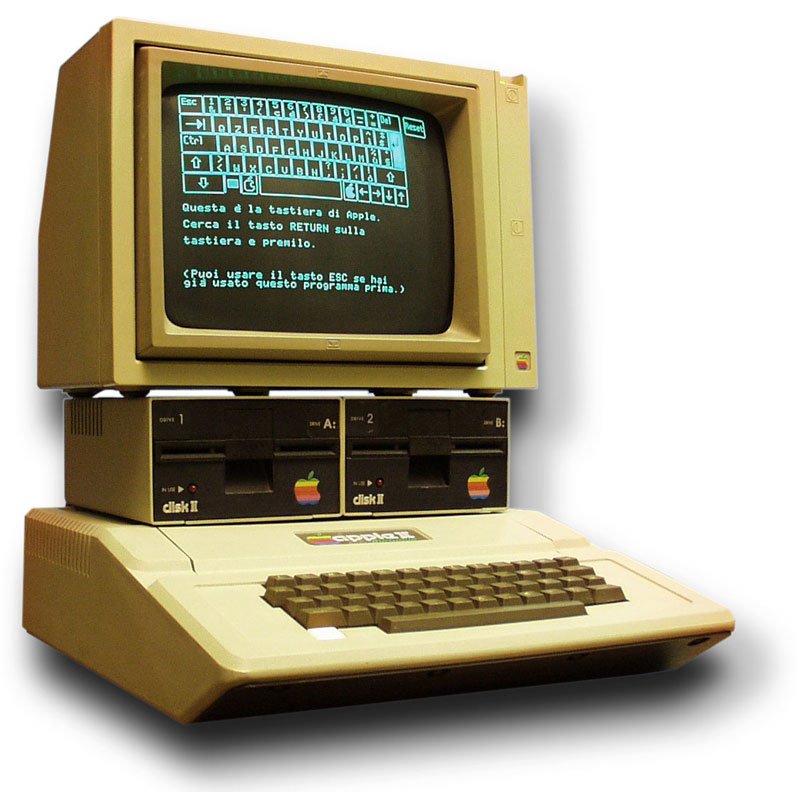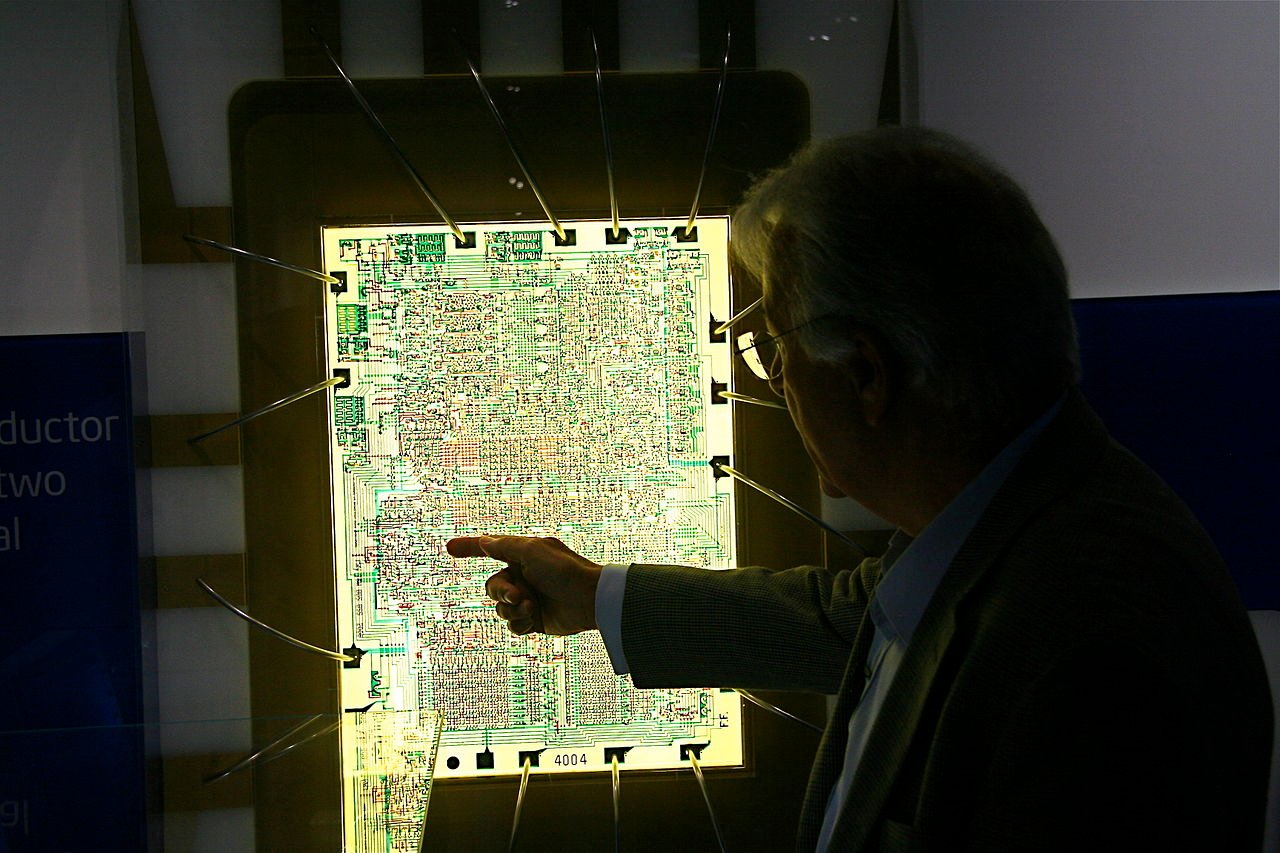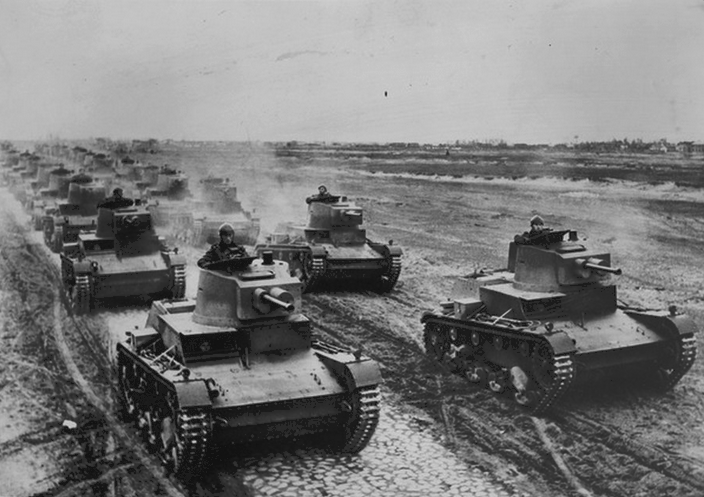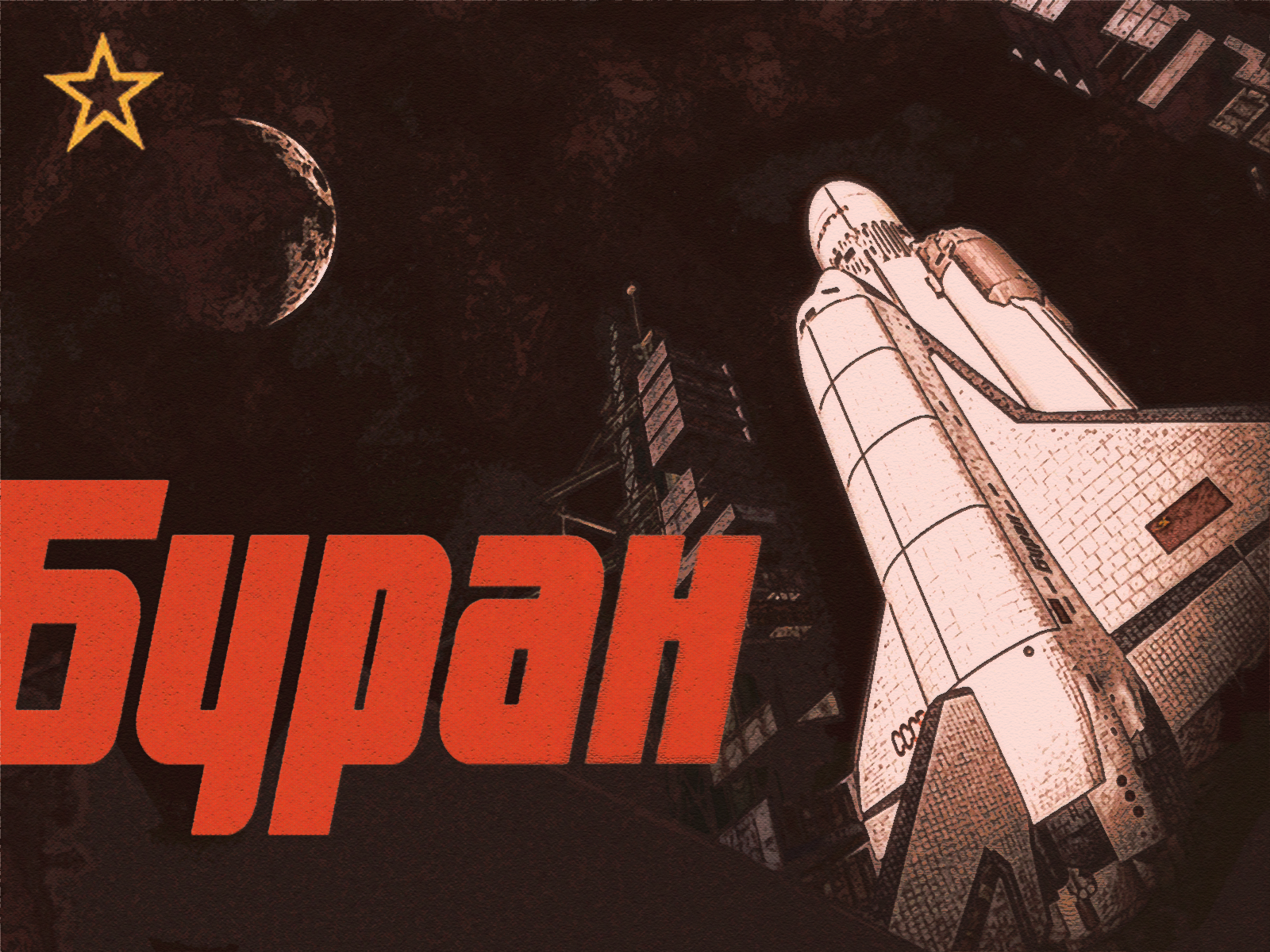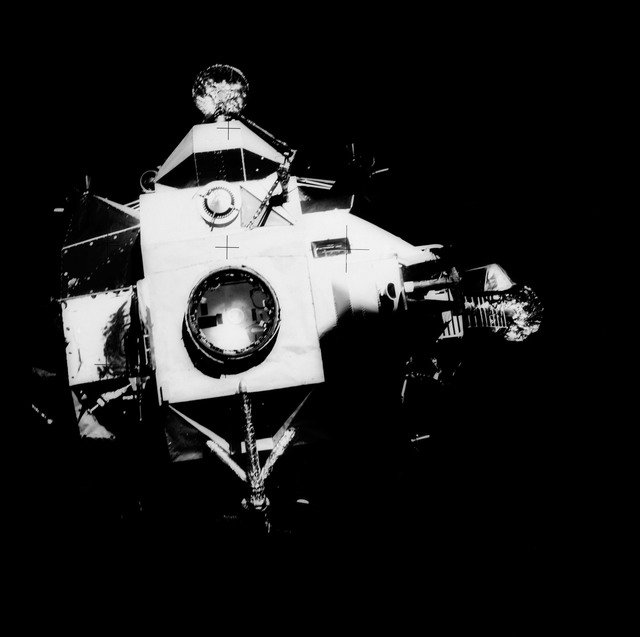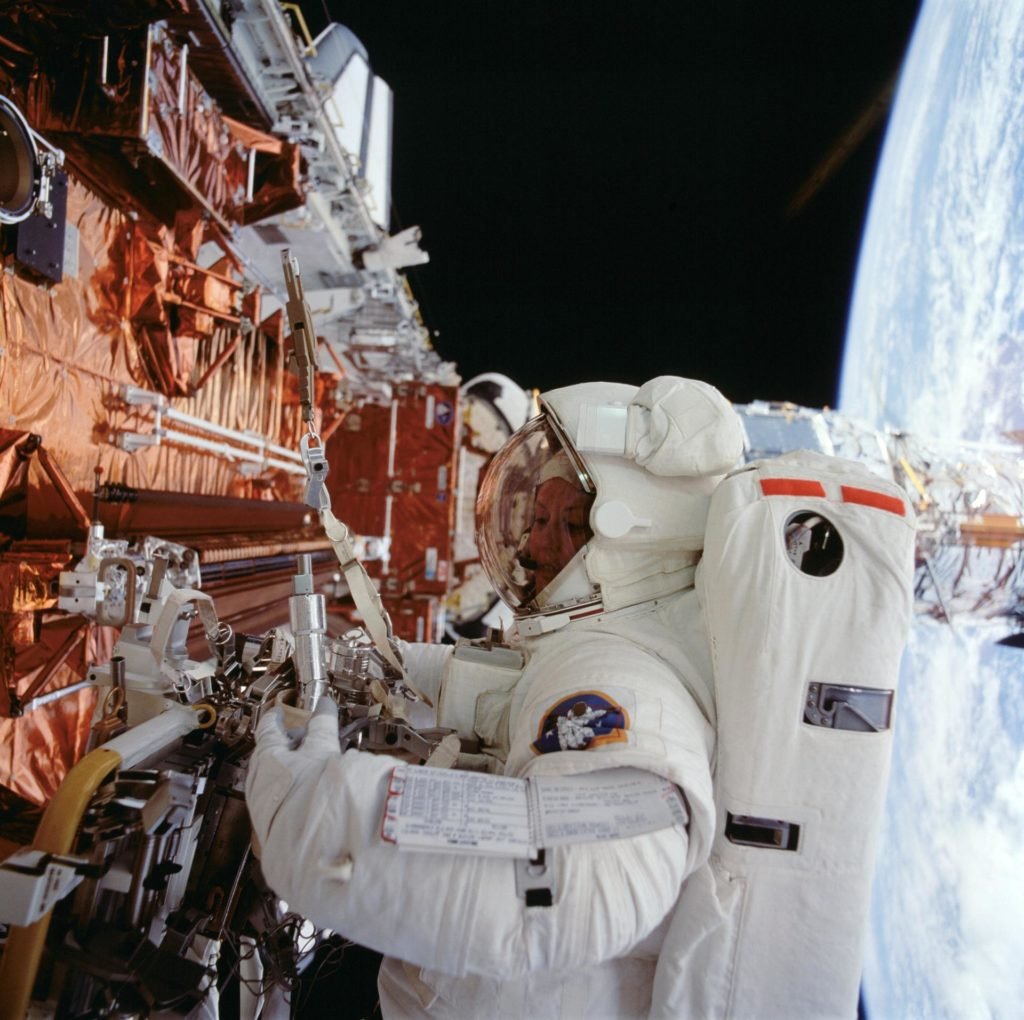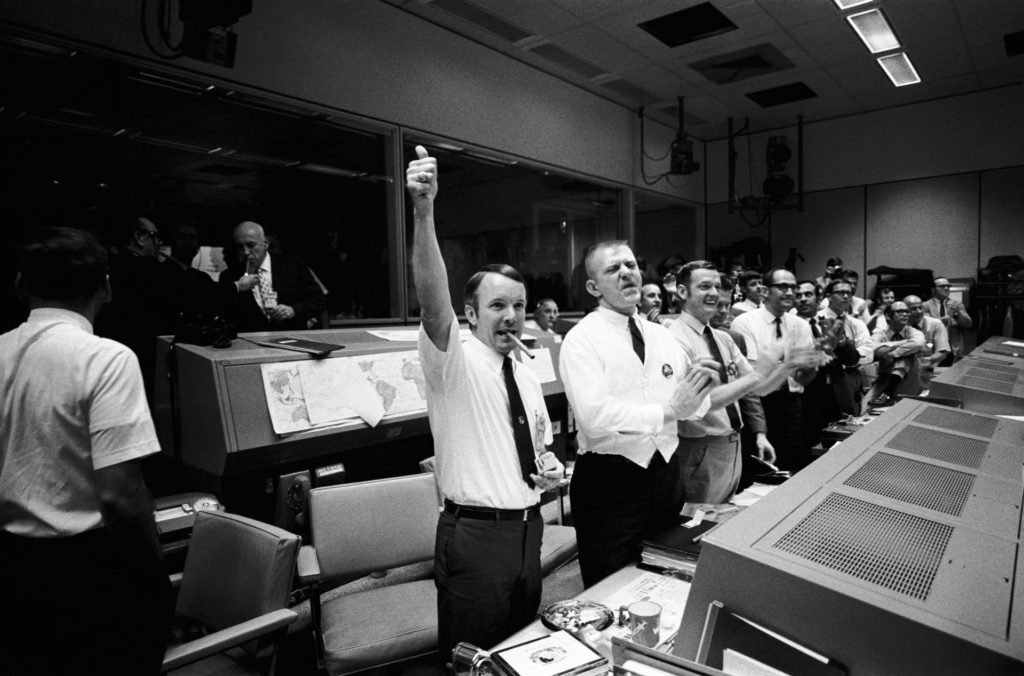The mid-20th century marked an era of unprecedented human achievement in space exploration, driven by intense competition and scientific curiosity. At the heart of this cosmic race was the Soviet Union, known as the USSR, which launched the groundbreaking Soviet Space Program. This program, defined by its remarkable milestones and pioneering spirit, forever altered our understanding of the universe and ignited a new era of human ambition.
The story begins in 1957, when the USSR shocked the world by sending Sputnik 1 into orbit, making it the first artificial satellite to encircle our planet. This momentous achievement marked the dawn of the space age, triggering the Space Race, a fierce rivalry with the United States to assert supremacy beyond Earth’s atmosphere.
The Soviet Space Program, helmed by visionaries like Sergei Korolev, brought a series of historic achievements. Yuri Gagarin’s voyage in 1961, as he became the first human to orbit Earth, became an iconic moment for the USSR and humanity. This audacious endeavor showcased the USSR’s technological prowess and emphasized the human capacity for exploration and bravery.
Beyond Earth’s orbit, the Soviet Union left an indelible mark by venturing into interplanetary exploration, lunar landings, and establishing space stations like Mir. These accomplishments expanded our knowledge of the solar system and provided invaluable insights into living and working in space.
Table of Contents
Who founded the Soviet space program?
The Soviet space program was founded and led by a combination of key individuals and institutions within the Soviet Union. One of the central figures in its establishment was Sergei Korolev, a brilliant aerospace engineer often called the “Chief Designer.” Korolev played a pivotal role in developing early Soviet rocketry and space technology. He was instrumental in the success of launching the first artificial satellite, Sputnik 1, in 1957 and in sending Yuri Gagarin into space in 1961.
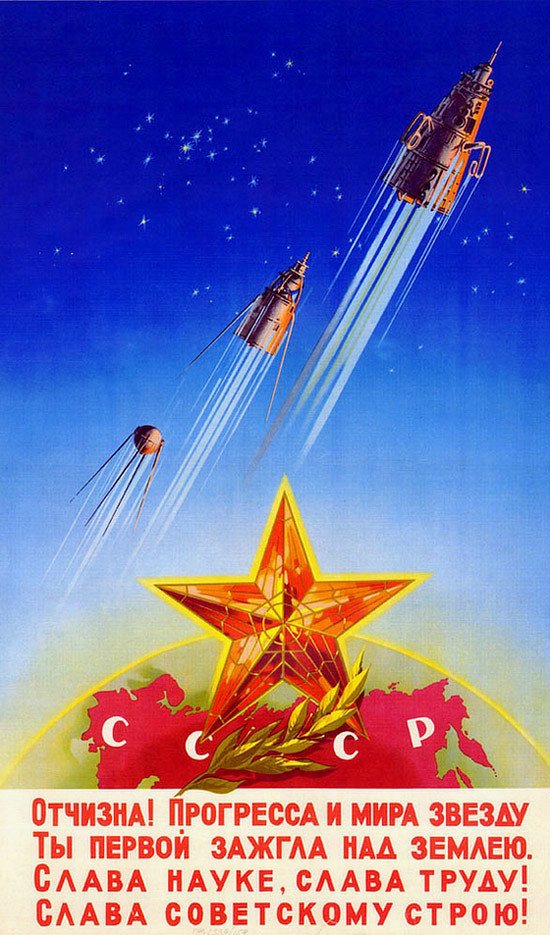
The Soviet space program was primarily administered by several government organizations, including the State Committee for Defense Technology (GKOT) and later the Ministry of General Machine Building (MOM). These agencies coordinated and oversaw the various aspects of space exploration, from rocket development to mission planning.
While Sergei Korolev was a key visionary and engineer behind the program, it was a collective effort involving many scientists, engineers, and political leaders within the Soviet government. Their combined efforts laid the foundation for the pioneering achievements of the Soviet space program during the mid-20th century.
What is Russia’s version of NASA?
Russia’s equivalent of NASA is the Russian Federal Space Agency, commonly known as Roscosmos. Roscosmos is the governmental body responsible for planning and administrating space activities in Russia. It was founded in 1992 following the dissolution of the Soviet Union and has continued the country’s longstanding tradition of space exploration.
Roscosmos is responsible for various aspects of space exploration, including crewed missions to the International Space Station (ISS), launching satellites, planetary exploration, and scientific research. It oversees the training of Russian cosmonauts and collaborates with other space agencies, including NASA and the European Space Agency (ESA), on international space missions.
One of Roscosmos’s most prominent roles is maintaining and operating the Russian segment of the ISS, including launching crewed Soyuz and cargo Progress spacecraft to the station. Despite financial and technical challenges, Roscosmos remains a significant player in space exploration and maintains a rich history of achievements from its Soviet predecessor.
Why did the Soviet space program fail?
The Soviet space program, while achieving many historic milestones, faced several challenges and ultimately faced setbacks that contributed to its perceived “failure.” Some key factors include:
Economic and Political Constraints
The USSR’s centralized command economy allocated significant resources to the space program, but the overall economy struggled to sustain such expenditures, leading to economic strain.
Technological Hurdles
The program encountered technical difficulties, including early rocket failures and issues with spacecraft design, which sometimes resulted in mission failures.
Competition
The intense space race with the United States added pressure, sometimes pushing the Soviets to take risks that resulted in accidents, such as the Soyuz 1 disaster.
Lunar Race
Despite early successes, the Soviet Union failed to land a human on the Moon before the U.S., partially due to political decisions to focus on other priorities.
Budget Constraints
The USSR’s ongoing military and geopolitical commitments strained the space program’s budget, limiting its capacity for ambitious long-term projects.
While the Soviet space program did achieve numerous milestones, including the first artificial satellite and humans in space, these challenges, coupled with the eventual dissolution of the Soviet Union, contributed to its perceived “failure” in the broader context of the space race. However, it left a lasting legacy in space exploration, mainly through its contributions to space station technology and interplanetary exploration.
The Soviet Space Program
The Soviet space program, officially known as the “Soviet Space Program,” was the space exploration program conducted by the Soviet Union (USSR) from the 1950s to the early 1990s. It was one of history’s most significant and pioneering space programs, marked by several major achievements and milestones. Here are some key points about the Soviet space program:
Launch of Sputnik 1
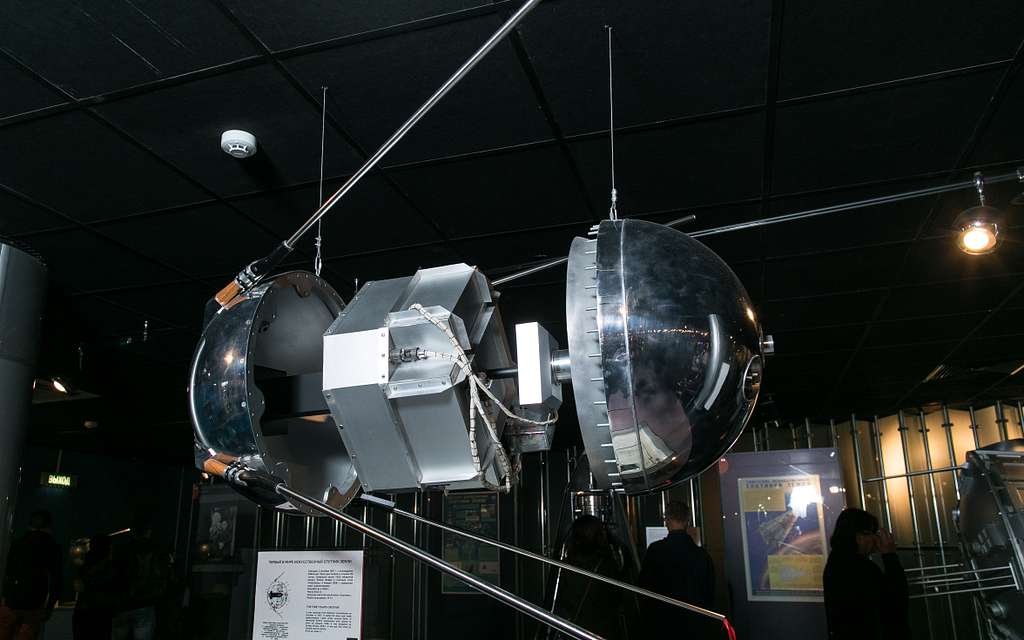
On October 4, 1957, the Soviet Union made history by launching Sputnik 1, a spherical metal satellite, into orbit around the Earth. This groundbreaking achievement marked the dawn of the space age. It ignited the space race, a competitive rivalry between the United States and the Soviet Union defining much of the Cold War era.
Sputnik 1’s successful launch and subsequent radio transmissions from space shocked the world and demonstrated Soviet technological prowess. The event had profound implications for science, technology, and geopolitics. It prompted the United States to accelerate its space efforts, leading to the creation of NASA and the development of the Mercury and Apollo programs. This competition in space exploration also had broader political implications, as it symbolized the ideological struggle between communism and capitalism during the Cold War.
In this context, Sputnik 1 inaugurated the space age and set the stage for decades of remarkable advancements in space science and technology.
Yuri Gagarin’s Historic Flight
On April 12, 1961, Yuri Gagarin‘s historic journey aboard the Vostok 1 spacecraft forever altered the course of human history and symbolized the zenith of Soviet space achievements during the Cold War era. Gagarin’s successful orbit of the Earth marked a pivotal moment in space exploration, solidifying his status as an international hero and a symbol of Soviet space prowess.
Gagarin’s mission exemplified the Soviet Union’s dedication to advancing the frontiers of space exploration. His courageous voyage transcended political boundaries, uniting people worldwide in awe and admiration. The image of Gagarin’s smiling face and his famous words, “Poyekhali!” (“Let’s go!”), resonated as a testament to humanity’s capacity for exploration and discovery.

Gagarin’s achievement laid the groundwork for subsequent space endeavors and inspired generations of astronauts, cosmonauts, and space enthusiasts. It showcased the potential for international collaboration in space and remains an enduring symbol of the indomitable human spirit in the quest to explore the cosmos.
Lunar Exploration
The Luna program, a significant part of the Soviet space effort, was a series of robotic missions to the Moon that played a pivotal role in lunar exploration during the 1950s and 1960s. Luna 2, launched in September 1959, was a groundbreaking mission as it became the first human-made object to reach the Moon, impacting its surface. This achievement marked a significant milestone in space exploration, proving that spacecraft could traverse the vast distances of space and reach another celestial body.
However, the Luna program’s successes continued. In 1966, Luna 9 achieved another historic feat by successfully becoming the first spacecraft to perform a soft landing on the Moon’s surface. It transmitted the first-ever images from the lunar surface to Earth, providing valuable insights into the Moon’s terrain.
Subsequent Luna missions included robotic landers and sample return missions, such as Luna 16, which retrieved lunar soil samples and returned them to Earth in 1970. These missions contributed immensely to our understanding of the Moon’s geology and paved the way for future human lunar exploration endeavors. The Luna program is a testament to the Soviet Union’s pioneering efforts in lunar exploration.
Spacewalk
In 1965, Soviet cosmonaut Alexei Leonov made history by becoming the first person to perform a spacewalk (extravehicular activity or EVA) during the Voskhod 2 mission. This monumental achievement marked a significant advancement in space exploration and demonstrated the Soviet Union’s pioneering capabilities in human spaceflight.
During the Voskhod 2 mission on March 18, 1965, Leonov exited the spacecraft in a specially designed spacesuit attached to the spacecraft by a tether. The experience of floating freely in the vacuum of space was both exhilarating and challenging. Leonov’s EVA lasted approximately 12 minutes and covered about 17 feet (5.4 meters) from the spacecraft.
However, the mission had its challenges. Leonov’s spacesuit inflated to the point where he had difficulty re-entering the airlock, and he had to depressurize the suit to get back inside partially. This incident highlighted the complexities and risks associated with spacewalks and led to advancements in spacesuit design and EVA procedures. Alexei Leonov’s historic spacewalk remains a symbol of human determination and the spirit of exploration in the early days of spaceflight.
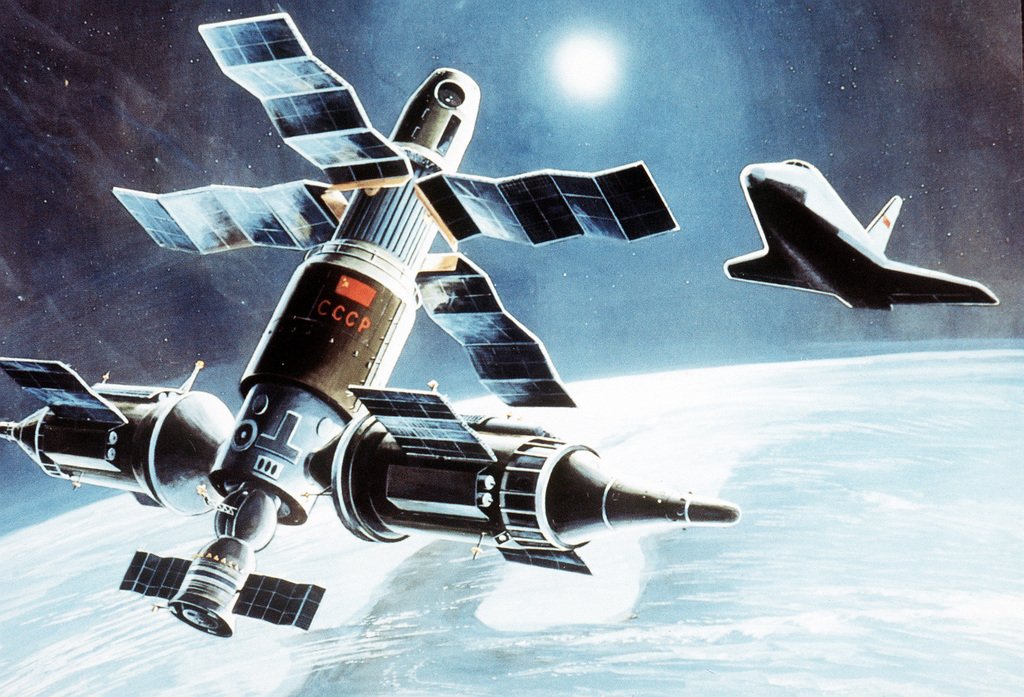
Space Stations
The Soviet Union’s space station program was a significant aspect of its space exploration efforts. It included the Salyut program, which began in the early 1970s, and later the Mir space station, which operated for an extended period and facilitated international cooperation in space.
The Salyut program marked the USSR’s early attempts at space station technology. Several Salyut space stations were launched, each serving as a platform for scientific research and experiments. These stations hosted cosmonauts for relatively short-duration missions.
Mir launched in 1986, represented a significant leap forward in space station capabilities. It was designed for long-term habitation and research, accommodating crews for several months. Mir became a symbol of Soviet and later Russian space achievements, as it remained operational until 2001, much longer than initially planned.
Mir’s most notable feature was its openness to international collaboration. It hosted cosmonauts from various countries, including the United States, Europe, and Japan, as part of the Shuttle-Mir and later the International Space Station (ISS) programs. This cooperation paved the way for the development of the ISS, a testament to the legacy of Mir and the Soviet space program’s contributions to international space exploration.
Interplanetary Missions
The Soviet Union’s exploration of other planets and celestial bodies was a significant part of its space program and yielded valuable scientific insights. The Venera program, in particular, stands out as a remarkable achievement.
Between 1961 and 1984, the Soviet Union launched a series of Venera missions to study Venus, one of Earth’s closest neighbors. These missions included flybys, orbiters, and landers, and they played a pivotal role in advancing our understanding of Venus.
The most notable successes of the Venera program were the landings of Venera 7 (1970) and Venera 13 (1982) on the Venusian surface. Venera 7 became the first spacecraft to successfully transmit data from the surface of another planet, albeit for only a short time due to the harsh conditions. Venera 13 shared color images and analyzed soil samples, revealing the extreme temperature, pressure, and acidic atmosphere of Venus.
These missions provided crucial data that significantly contributed to our knowledge of Venus and its inhospitable environment, paving the way for future exploration efforts and deepening our understanding of Earth’s planetary neighbors.
Space Race
The competition between the Soviet space program and the United States during the Cold War was a defining aspect of the space race, leading to remarkable milestones. This rivalry was fueled by political, military, and ideological tensions between the two superpowers and profoundly impacted space exploration.
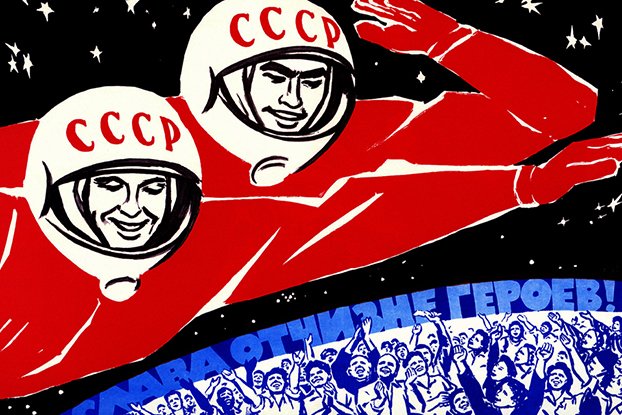
The Soviet Union’s early successes, including launching the first artificial satellite, Sputnik 1, and sending the first human, Yuri Gagarin, into space, sent shockwaves worldwide and showcased their technological prowess. In response, the United States initiated the Apollo program, culminating in historic moon landings. Neil Armstrong and Buzz Aldrin’s first steps on the lunar surface 1969 marked a symbolic victory for the U.S. and demonstrated American technological and scientific capabilities.
This competition pushed both nations to rapidly advance their space programs, resulting in significant achievements in space technology, science, and exploration. It also laid the groundwork for international collaboration in space, as exemplified by joint missions in the modern era, like the International Space Station (ISS). While the space race is often remembered for its tensions, it also catalyzed incredible advancements in human space exploration.
End of the Soviet Union
After the dissolution of the Soviet Union in 1991, the Soviet space program did not come to an abrupt end. Instead, it transitioned into the Russian space program, adapting to the new political and economic landscape. The Russian Federal Space Agency, known as Roscosmos, took over the responsibilities of its Soviet predecessor.
Under Roscosmos, Russia has continued to play a significant role in space exploration. It has maintained its expertise in launching crewed missions to the International Space Station (ISS) and providing transportation for astronauts from various nations. Russian spacecraft like Soyuz and Progress have become reliable workhorses for these missions.
Additionally, Russia has collaborated with international partners on space projects, including participation in the European Space Agency (ESA) and contributing modules to the ISS. The Russian space industry has continued pursuing planetary exploration missions, satellite launches, and space science research.
In summary, the Russian space program, which succeeded the Soviet space program, has remained a major player in space exploration, demonstrating resilience and adaptability in the post-Soviet era.
Legacy
The Soviet space program undeniably left a significant and enduring legacy in space exploration. Many of their pioneering achievements laid the foundation for future missions and international collaborations in space. Notable aspects of this legacy include:
Space Station Expertise
The Soviet Union’s success with space stations like Salyut and Mir demonstrated long-duration human habitation in space. This expertise directly contributed to developing the International Space Station (ISS), where Russia’s space agency, Roscosmos, is a key partner alongside NASA and other space agencies.
Spacecraft Design
Soviet spacecraft designs, particularly those of the Soyuz and Progress vehicles, have stood the test of time. These reliable spacecraft continue to transport astronauts and supplies to the ISS, forming a crucial lifeline for the station.
Interplanetary Exploration
The Soviet Union’s interplanetary missions, such as the Venera probes to Venus, provided invaluable data about other celestial bodies. This knowledge has informed subsequent planetary exploration efforts by various space agencies.
International Collaboration
Russia’s space agency, Roscosmos, continues to be an essential partner in international space endeavors, collaborating with agencies like NASA on joint missions and crewed spaceflight.
The Soviet space program’s enduring legacy is seen in the continued use of their spacecraft designs, their contribution to the ISS, and their ongoing role in international space cooperation, all of which contribute to the advancement of space exploration.
The Soviet space program significantly contributed to our understanding of space and laid the groundwork for subsequent space exploration efforts.
